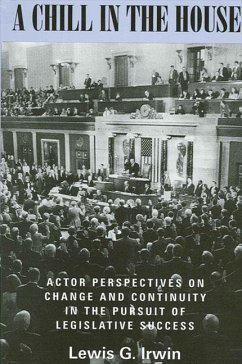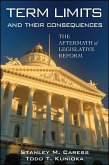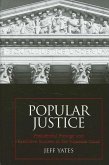How do laws come into being in today's Congress? Is public policy made the same way now as it was in the past? In seeking to convert an idea into law, would contemporary legislative actors identify key participants, chamber procedures, strategies, or legislative products differently than their counterparts in the 1960s? Through a comparison of the events that led to the passage of six laws from the 1960s and the 1990s, this book answers these and related questions. Irwin argues that the interpersonal "glue" that held 1960s-era legislators together has been weakened, diminishing the strength of a resource once available to aid would-be legislative champions. This is evidenced by the House being a much less civil and congenial institution today than it was in the 1960s. Consensus building, too, has given way to a war of attrition, leading to a marked increase in contextual impediments to the realization of legislative success. This does not mean, however, that the underlying ingredients of legislative success have changed, only that, in sum, there is a distinct "chill" in the House as members pursue their business.
Hinweis: Dieser Artikel kann nur an eine deutsche Lieferadresse ausgeliefert werden.
Hinweis: Dieser Artikel kann nur an eine deutsche Lieferadresse ausgeliefert werden.








